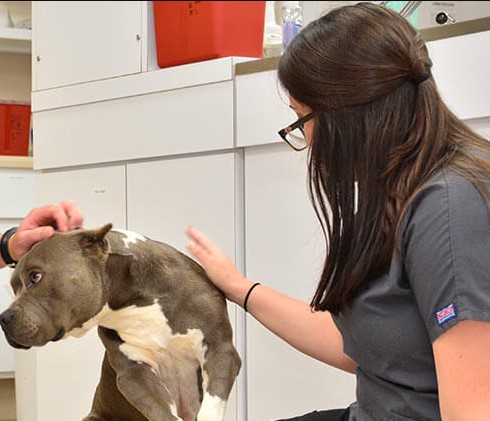Earning a degree in veterinary technology is a compelling pathway for those who have a passion for animal care. This field combines medical science with hands-on animal interaction, making it a unique and rewarding career choice. If you are considering this path, understanding the steps to apply is crucial.
Understanding Veterinary Technology
Before diving into the application process, it’s important to grasp what a career in veterinary technology degree entails. Veterinary technicians are the nurses of the animal world. They work alongside veterinarians, providing critical support during surgeries, diagnostics, and routine care. Their knowledge spans pharmacology, radiography, surgical assistance, and laboratory techniques, forming the backbone of any veterinary practice.
Step 1: Research Accredited Programs
The first step in your journey is to find the right educational program. Look for an accredited program that offers a comprehensive curriculum. Accreditation ensures that the program meets specific quality standards and will prepare you for certification exams post-graduation.
Consider factors such as the program’s length, cost, and the balance between theoretical and practical training. Some schools also offer specialties in areas like dental care or anesthesiology, which could further enhance your skills and employability.
Step 2: Prepare Your Application
Once you’ve chosen a program, the next step is to gather all necessary documentation. This typically includes your high school diploma or equivalent, transcripts from any post-secondary institutions, and letters of recommendation. It’s also a good time to prepare for any entrance exams or interviews required by the program.
A first-hand account from Emily, a recent graduate, highlights the importance of this step: “I made sure to shadow a veterinary technician before applying. This experience not only strengthened my application but also confirmed my passion for veterinary medicine.”
Step 3: Apply for Financial Aid
Understanding and securing financial aid is vital. Veterinary technology programs can be costly, but numerous financial aid options are available to help manage these costs. Start by filling out the Free Application for Federal Student Aid (FAFSA) to see what loans, grants, and scholarships you might qualify for.
Also, research scholarships offered specifically for veterinary studies. Many organizations and schools provide financial support to students demonstrating outstanding academic achievements or financial need.
Key Skills for Success in Veterinary Technology
Beyond the technical skills required, effective communication and strong problem-solving abilities are crucial in this field. Veterinary technicians often explain complex medical conditions to pet owners and collaborate with veterinarians on treatment plans.
Career Outlook and Advancements
The demand for skilled veterinary technicians is growing as pet ownership increases and veterinary medicine advances. According to industry statistics, employment in this field is expected to grow faster than the average for all occupations over the next decade.
Advancements in this career can lead to roles such as veterinary technologist, specializing in more complex clinical tasks, or management positions within veterinary practices.
Conclusion
Starting a career in veterinary technology requires careful planning and preparation. By following these steps and fully committing to your education, you can significantly improve your chances of success in this fulfilling field.
Remember, the journey to becoming a veterinary technician is not only about caring for animals but also about continuous learning and adapting to new challenges in veterinary medicine. Embrace the journey with enthusiasm, and you will find a rewarding career on the other side.

